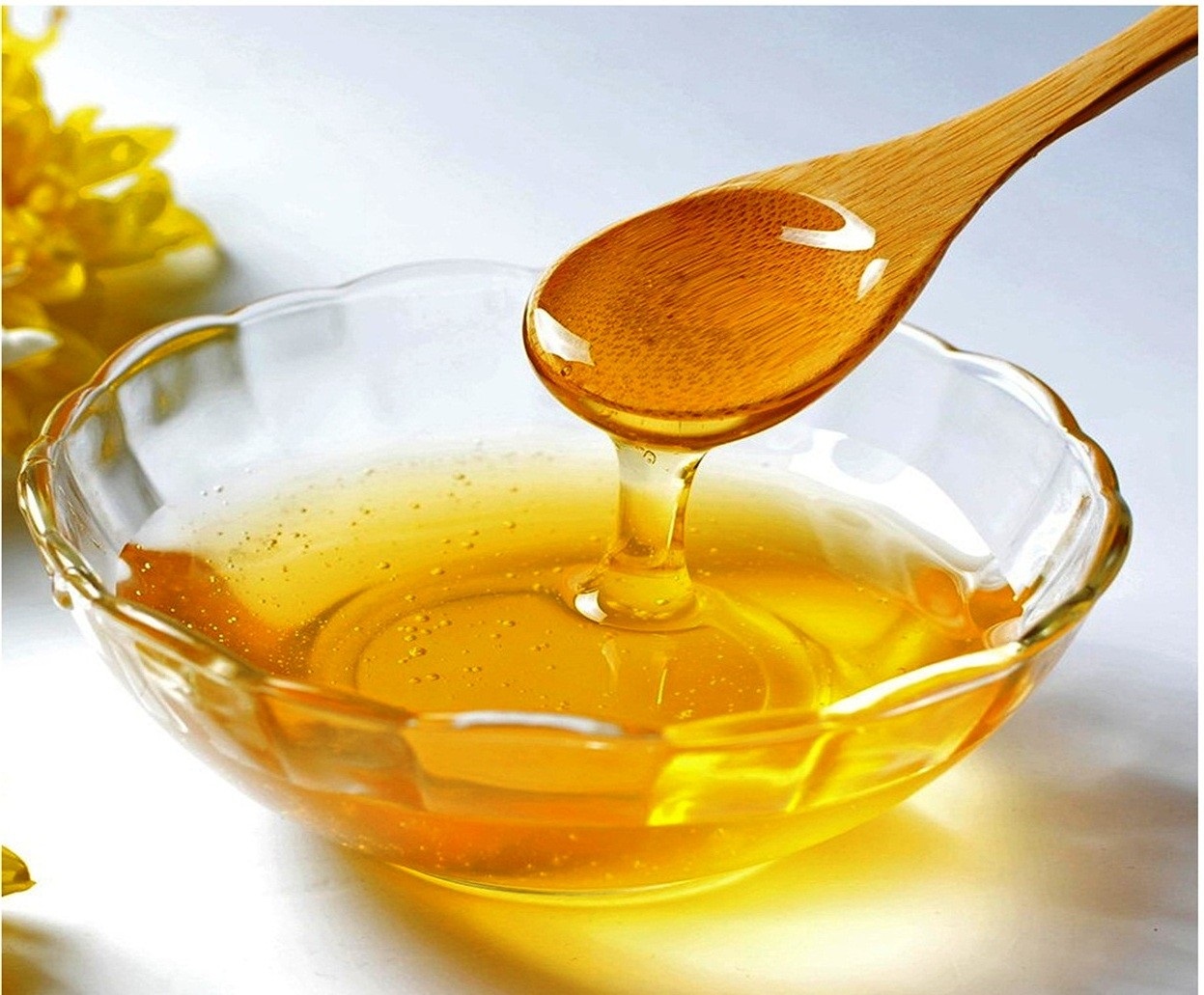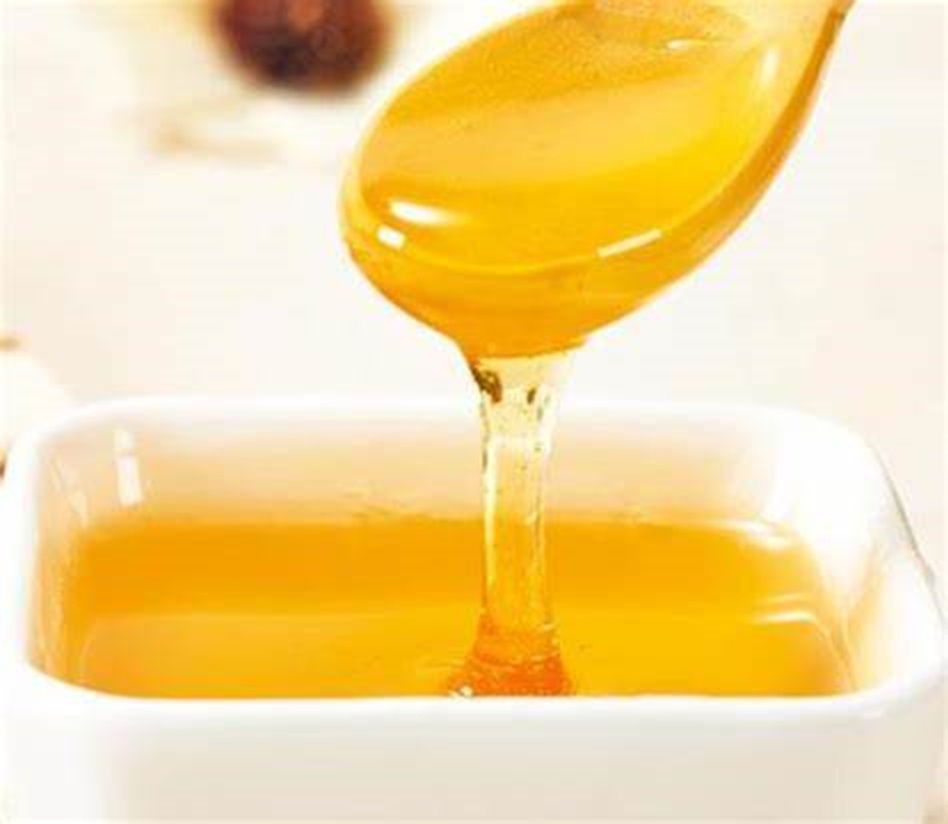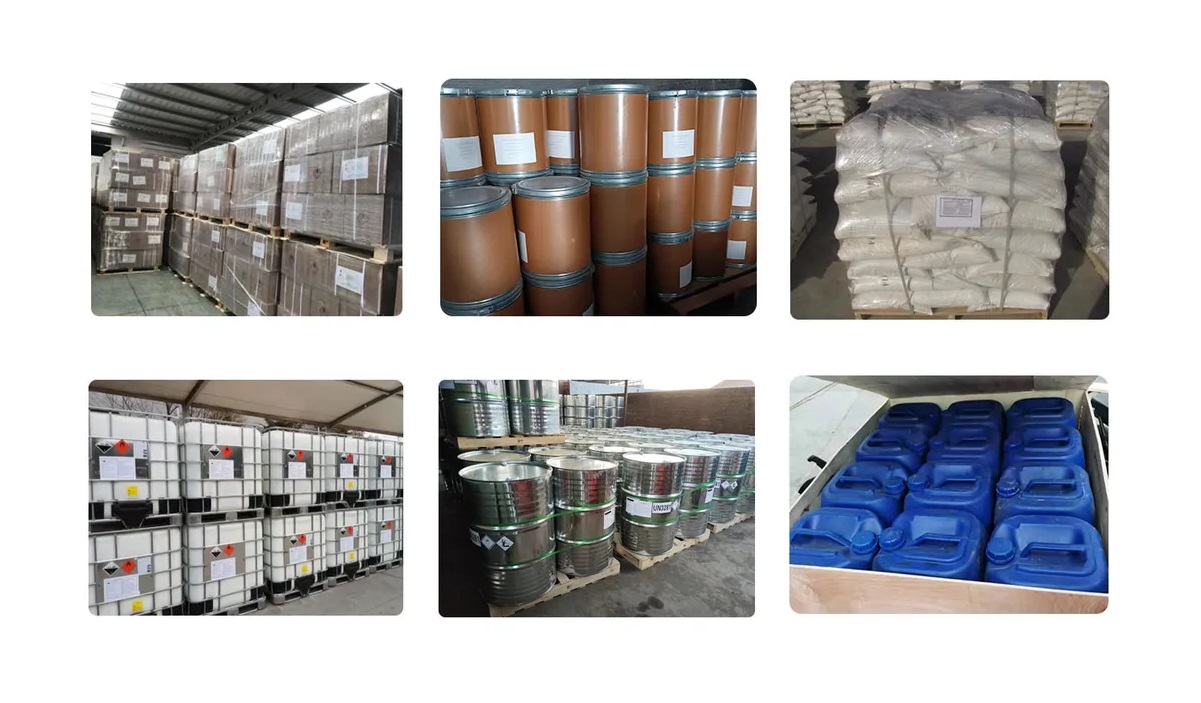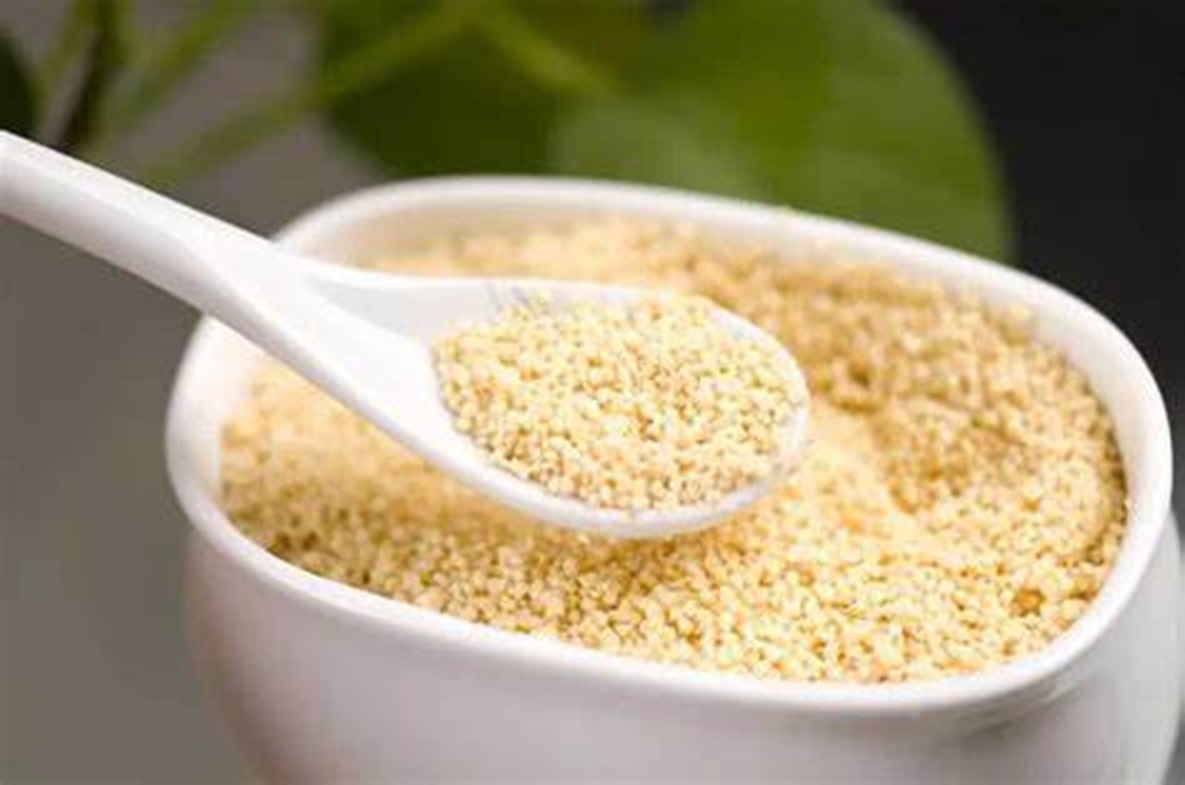We unleash your business potential by maximize the business innovation.
Send EmailE322 Lecithin, Non GMO, Soy Lecithin, Sunflower Lecithin, 8002-43-5
CAS number 8002-43-5
Lecithin Non Gmo ( SUNFLOWER )
Soy lecithin is a very valuable by-product that can be obtained during the refining of sunflower oil, widely used in the food industry
Sunflower Lecithin (E 322), a liquid product, has a dark color.
Liquid Sunflower Lecithin (E322) is an emulsifier used in chocolate, margarine, dairy products and cake applications.
The reason why it is frequently preferred in these products is; color quality, standard phospholipid content and a low rate, emulsion feature, improving product texture, facilitating separation from the surface, accelerating the distribution of solids in aqueous systems and preserving the taste of the product are the properties of liquid sunflower lecithin.
Sunflower Lecithin is a food additive with code E (E 322)
Areas of use: Lecithin is a common component of animal and plant tissues. It contains a number of natural phospholipids. The main sources it is obtained from are egg yolk and soy. It is an indispensable additive thanks to its emulsifier feature that prevents the separation of oil and water phases from each other in the products it is used in and its antioxidant feature that delays rancidity. Its features that reduce splashes during frying in a pan and provide softness in bakery products are also very important. It is mandatory to use standardized and modified lecithin in products such as bakery products, chocolate, ice cream, baby food, margarine. As an emulsifier in margarines and to prevent mud; to prevent adhesion, crystallization and viscosity control in chocolate, caramels and coating materials; as an emulsifier, moisturizer and dispersing agent in cocoa powders and ready-made beverages; as a crystallization control, emulsifier, moisturizer, dispersing agent and internal-external hardening agent in bakery products; It is used as an emulsifier and release agent in cheese products; as a browning agent and phosphate dispersing agent in meat and poultry. Lecithin is mostly used in the food industry, but it is also used in the pharmaceutical, cosmetic, paint and sub-industry.
Usage amounts:
Flavour production
: 25-30% (of flavour)
Biscuits and crackers
: 0.3-1% (in the final product)
Chocolate and coatings
: 0.3-0.6% (in the final product)
Ice cream
: 0.05-0.21% (of the mixture)
Meat products
: 0.1-0.3% (of dry matter)
Bakery and pastry products
: 0.5-2% (of the flour ratio)
Waffles and cornets
: 1-3% (of the flour ratio)
In ready-made drinks
: 1-2% (direct spraying)
Ready-made foods
: 0.2-1% (in the final product)
Ready-made cake mixes
: 0.2-0.3% (of the flour of the ratio)
Animal feeds
: 0.3-1% (of the feed mixture)
Caramel coated cornflakes
: 0.1-0.5% (direct application)
Cream fillings
: 6-10% (of the fat)
Pasta
: 0.2-0.3% (of the flour ratio)
Margarine
: 0.2-0.5% (of the final product)
Fruit powders and confectionery
: 0.5-1% (of the final product)
Chewing gum
: 0.7-2% (of the final product)
Salad dressings
: 0.2-0.5% (of the mixture)
Milk powder
: 0.4-1% (by dissolving in oil)
Lubrication
: 5-10% (of the fat)
Soft caramels
: 6-10% (fat content)



